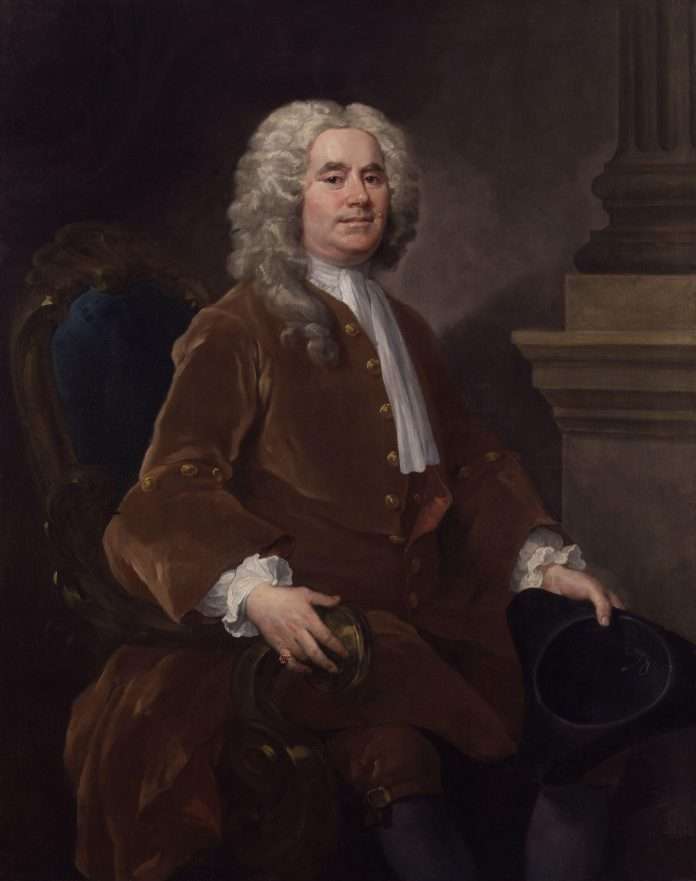During the British time Sir William Jones was the judge of Supreme Court of India when warren Hastings was the governor general of British India. Sir William Jones was a philologist – expert in linguistics. He was particularly known for his proposition of the existence of a relationship among European and Indo. Aryan languages. He called it Indo European.
The study of India is called Indology. Anybody who studies India is called Indologist. Sir William Jones was interested in the study of India – particularly Indian culture. So he is known as Indologist. As a judge of Supreme Court he was required to know the customs and society of common people of India. And that custom and social tradition is found in Sanskrit books of India. So Jones learnt Sanskrit from an Indian Brahmin and then read the ancient books of India. He founded the Asiatic society of Bengal in 1784. The patron was warren Hastings, the governor general himself. With this institute Mr. Jones went on for his study of Asian culture.

Sir William Jones was born in London on 28 September 1746 and died on 27 April 1794 at the age of 47 in Calcutta. His father was a mathematician: the young Jones was expert in many languages – Greek, Latin Persian, Arabic, Hebrew and the basics of Chinese. He studies Law. He was elected to the Royal society also. On 25 September 1783 he arrived in Calcutta.
Sir William Jones said after extensive and intensive research that Sanskrit, Greek and Latin had a common root. Mr. Jones observed “The Sanskrit Language whatever be its antiquity, is of a wonderful structure; more perfect than the greek more copious than the Latin, and more exquisitely refined than the either. Yet bearing to both of them a stronger affinity, both in the roots of verbs and the forms of. Grammar than could possibly have been produced by accident; So strong indeed, that no philologist could examine them all three , without believing them to have sprung from some common source, which, perhaps, no lunger exists I there is a similar reason, though not quite so forcible, for supposing that both the gothic and the Celtic, though blended with a very different idiom, had the same origin with the Sanskrit. And the Old Persian might be added to the same family.
No other language lends itself to scientific analysis, as does Sanskrit.
Sir William Jones translated Kalidasa, play ‘Shakuntala’ into English. It became most popular in Europe. Goethe praised – Kalidas is the Shakespeare of India.
Thus Sir William Jones made a significant contribution to India in the investigation of Sanskrit Language. And he was among the few Europeans who loved India.
(The views expressed are the writer’s own.)

Radhakanta Seth is a former Income tax officer in Sambalpur. He is a freelance writer and his articles have been published in some Oriya dailies like Sambad, Samaj, Dharitri, and English dailies like The Telegraph and in a sociological journal ‘Folklore’ published from Kolkata.
He can be reached at [email protected]

